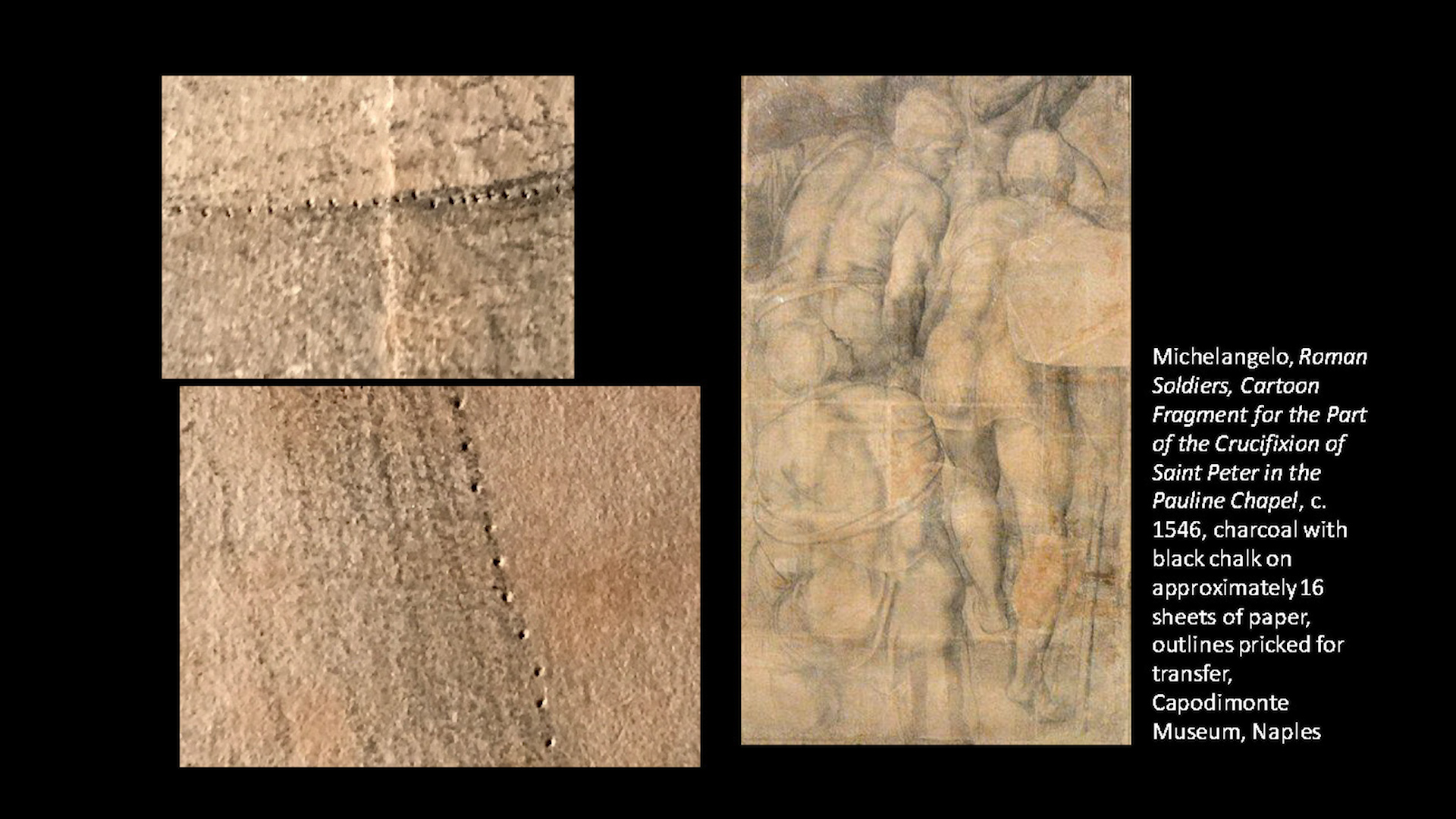On March 11, 2018, for our series Voices on Art, Art This Week Productions filmed this lecture by Dena M. Woodall, associate curator of prints and drawings, and organizing co-curator of the exhibition Michelangelo and the Vatican: Masterworks from the Museo e Real Bosco di Capodimonte, Naples at the Museum of Fine Arts, Houston.
“Michelangelo Buonarotti─Renaissance genius, painter, draftsman, sculptor, architect, and poet─worked for a succession of popes in the Vatican. For Pope Julius II, known as the Warrior Pope, Michelangelo (1475–1564) painted the ceiling of the Sistine Chapel and struggled for decades to create a monumental tomb that was never completed.
Pope Clement VII ordered the painting of The Last Judgment in the Sistine Chapel, but the project was carried out in the reign of Pope Paul III, the Farnese Pope. It was Pope Paul III who nurtured the greatest flowering of Michelangelo’s talents. In addition to The Last Judgment, Michelangelo painted frescoes for the Pauline Chapel; executed the expansion of the Farnese Palace in Rome; and finalized designs for Saint Peter’s Basilica, including his crowning achievement as an architect: the tallest dome in the world, which he did not live to see completed.
Disegno, meaning drawing or design, played a critical role in all of Michelangelo’s work, as well as the work of his contemporaries. In the 16th century, disegno advocates—among whom Michelangelo was a key player—believed that creativity and the inspired idea in the artist’s mind were characteristics shared between man and God. Using examples from the exhibition Michelangelo and the Vatican, as well as a wide range of Renaissance drawings, this lecture explores the rise of disegno in the artistic process..”-From the MFAH website
Thanks to Dena and the MFAH for allowing us to film the talk.
ATW info: Twitter: @artthisweek – Facebook: facebook.com/artthisweek


Be First to Comment